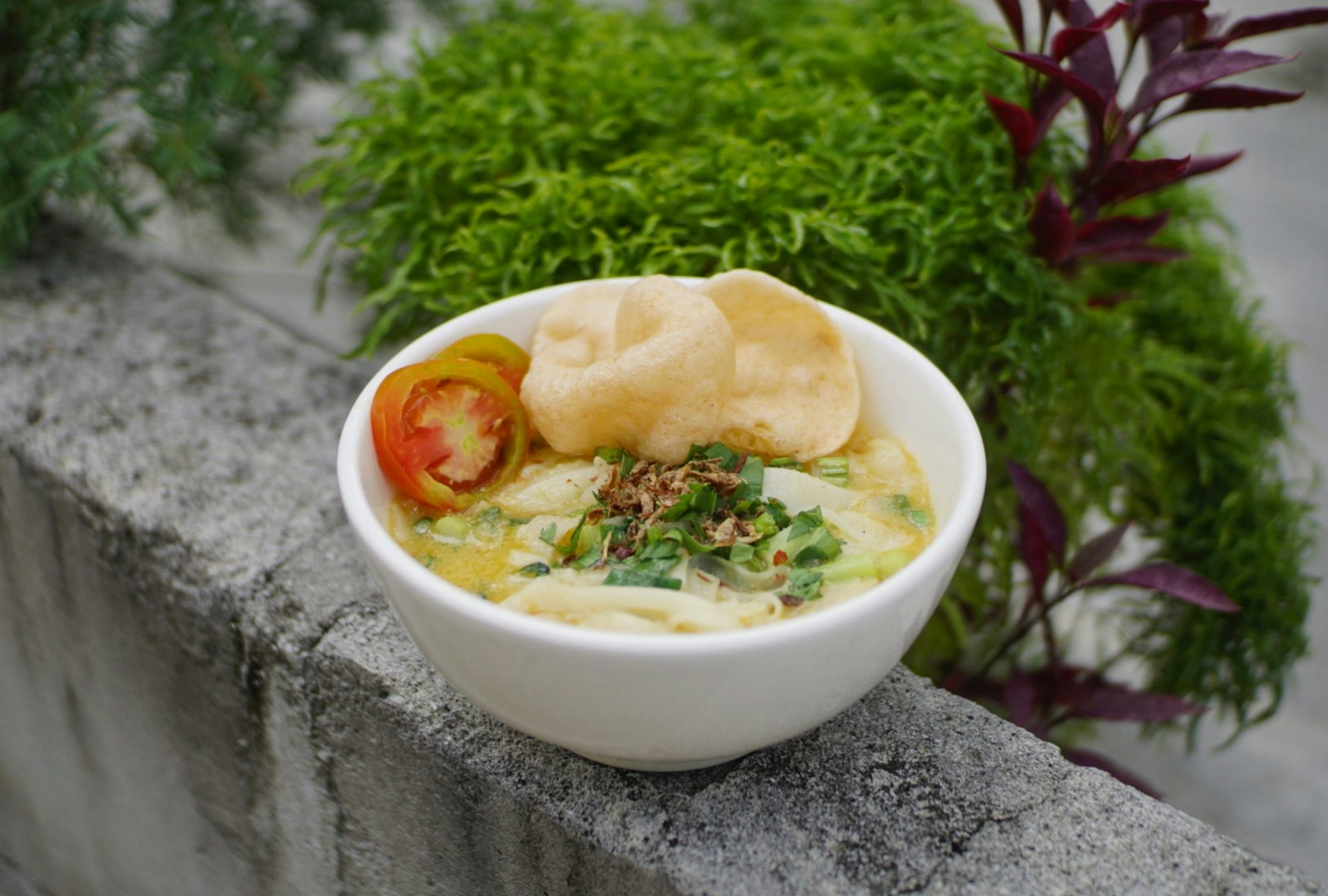The Diversity of Seafood
Seafood encompasses a wide range of marine life, including fish, shellfish, and mollusks. Each type offers unique flavors and can be prepared in various ways. Here are some popular categories:
Fish
Fish are the most commonly consumed seafood, available in both saltwater and freshwater varieties. Some popular types include:
- Salmon: Known for its rich, oily texture and distinct flavor, salmon is versatile and can be grilled, baked, or served raw as sushi.
- Tuna: This lean fish is often used in sashimi and salads. Its meaty texture makes it a favorite for grilling and searing.
- Cod: Mild in flavor, cod is a popular choice for frying and baking, often used in dishes like fish and chips.
- Haddock: Similar to cod, haddock is commonly used in various recipes and has a slightly sweet taste.
Shellfish
Shellfish can be divided into two main categories: crustaceans and mollusks. Each offers a unique taste and texture.
- Crustaceans: This group includes shrimp, crab, and lobster. Shrimp are particularly popular due to their versatility and quick cooking time. Crab and lobster are often considered delicacies, enjoyed in various forms from soups to hearty entrées.
- Mollusks: This category includes clams, mussels, oysters, and scallops. Oysters are often served raw on the half shell, while clams can be steamed or used in chowders. Scallops, known for their sweet flavor, can be pan-seared for a delightful crust.
Nutritional Benefits of Seafood
Seafood is a nutritious addition to any diet. It is generally high in protein, low in saturated fat, and rich in omega-3 fatty acids, which are beneficial for heart health. Fish, in particular, is an excellent source of vitamins and minerals, including vitamin D and selenium. The consumption of seafood is also linked to improved brain function and a lower risk of chronic diseases.
Cooking Techniques for Seafood
Cooking seafood can be simple, yet it requires attention to detail to ensure optimal flavor and texture. Here are some popular cooking methods:
1. Grilling: This method enhances the natural flavors of fish and shellfish, creating a delicious char. Marinating seafood before grilling can add depth to the flavor.
2. Baking: Baking is a gentle cooking method that allows for even heat distribution. Fish can be baked with herbs, spices, or sauces to create a flavorful dish.
3. Sautéing: Quick and effective, sautéing seafood in a hot pan with a bit of oil can result in perfectly cooked fish or shellfish. This technique works well with shrimp and scallops.
4. Steaming: Steaming is a healthy cooking method that retains moisture and nutrients. This technique is commonly used for shellfish, such as clams and mussels, ensuring they remain tender and juicy.
5. Poaching: Poaching involves cooking seafood gently in simmering liquid, which can enhance its flavor. This technique is often used for delicate fish, allowing them to remain moist and flavorful.
Cultural Significance of Seafood
Seafood holds a special place in many cultures, often intertwined with traditions and regional specialties.
1. Mediterranean Cuisine
In Mediterranean countries, seafood is a staple, reflecting the abundance of the sea. Dishes like paella in Spain, featuring a mix of fish and shellfish, and Greek grilled octopus are popular. Freshness is key, with many families visiting local markets for the catch of the day.
2. Asian Cuisine
Asian cuisines, particularly Japanese and Chinese, celebrate seafood through various preparations. Sushi and sashimi highlight the freshness of fish, while dishes like stir-fried shrimp or sweet and sour crab showcase bold flavors. In China, seafood is often featured in festive dishes, symbolizing prosperity and abundance.
3. North American Favorites
In North America, seafood varies by region. The New England clam chowder, rich and creamy, reflects the area's seafood bounty, while the Pacific Northwest is known for its salmon. Southern cuisine embraces shrimp and grits, showcasing the versatility of seafood in comfort foods.
Sustainability in Seafood
As demand for seafood continues to rise, sustainability has become a crucial issue. Overfishing and environmental concerns threaten many species, leading to initiatives aimed at promoting responsible fishing practices. Consumers are encouraged to look for certifications, such as the Marine Stewardship Council (MSC), which indicates sustainable sourcing. Supporting local fisheries and opting for seasonal seafood can also contribute to a healthier ocean ecosystem.
Conclusion
Seafood is a culinary treasure that offers a delightful array of flavors, textures, and nutritional benefits. Whether enjoyed in a traditional dish or a modern creation, the diversity of seafood reflects cultural heritage and innovation in cooking. As we savor the ocean's bounty, it's essential to prioritize sustainability to ensure that future generations can continue to enjoy this wonderful food source. From grilled salmon to clam chowder, seafood remains a cherished component of global cuisine, inviting us to explore and celebrate the flavors of the sea.
